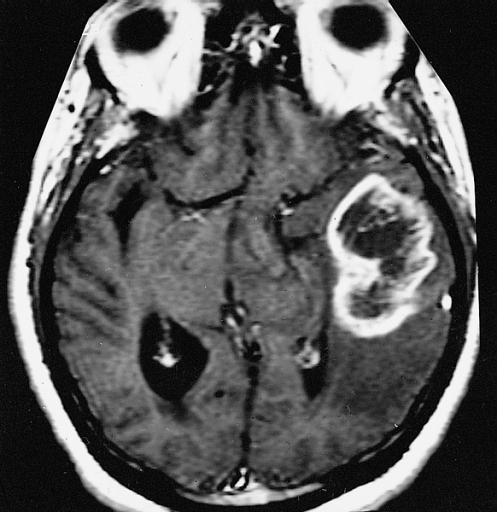Its origins:
Ovarian cancer originates as a result of uncontrolled proliferation of the cells that make up the ovary.
The “Global Cancer Statistics 2020” report, a collaboration between the American Cancer Society (ACS) and the International Agency for Research on Cancer (IARC), shows that globally this cancer accounts for about 3% to 4% of all cancers affecting women.
Mutations at the DNA level, as mentioned in the article “What causes cancer?“, are one of the key features of cancers and lead to cells with damaged DNA being able to proliferate.
In the case of ovarian cancer, mutations in the BRCA1 and BRCA2 genes are detectable.
These mutations can be monitored by BRCA testing so as to identify individuals potentially at risk.
In addition according to the European Society of Medical Oncology (ESMO), approximately 6% to 25% of malignant ovarian cancers have a mutation in these genes.
To learn more about the difference between benign and malignant tumors, we recommend reading the article “Malignant and benign tumors“.
Ovarian cancer is a tumor that can be defined as devious for two main reasons:
- it very often escapes early diagnosis; it is not detected both because its symptoms are very often generic and because of the difficulty in detecting it early. In most cases when the tumor is diagnosed in advanced stages where it has already spread;
- has high genetic heterogeneity; meaning that it is characterized by a high frequency and variability of mutations; this does not allow the identification of a clear target for drug therapies.
Moreover this tumor in most cases already arises with metastatic features. This means that it first spreads and only later gives rise to masses detectable by ultrasonography.
It also has another probability of recurrence as a recurrence. In this case the cancerous cells present are those that survived the first course of treatment.
New approaches:
The ovarian cancer because of its genetic complexity and difficulty in being diagnosed early remains a major research challenge.
Surgical removal followed by chemotherapy treatment remains a cornerstone for treating this cancer.
Nowadays, combinations of chemotherapeutics with weekly rather than monthly administration are being tested.
Studies based on BRCA test suggest that patients with this malignancy exhibit drug sensitivity to platinum-derived therapeutic combinations.
Antibody therapy such as bevacizumab, an antiangiogenic antibody, has also begun to be used.
Further progress has been made in the area of diagnosis. According to the study “The United Kingdom collaborative trial of ovarian cancer screening” published in “The Lancet” in 2021, the combination of transvaginal ultrasound with screening programs based on the detection of tumor markers in the blood, such as CA-125, increases the chance of diagnosing this cancer early.





